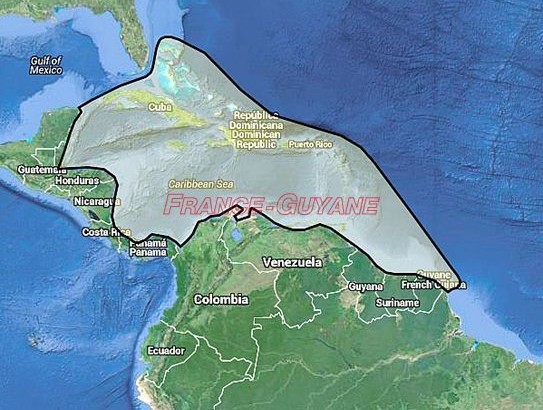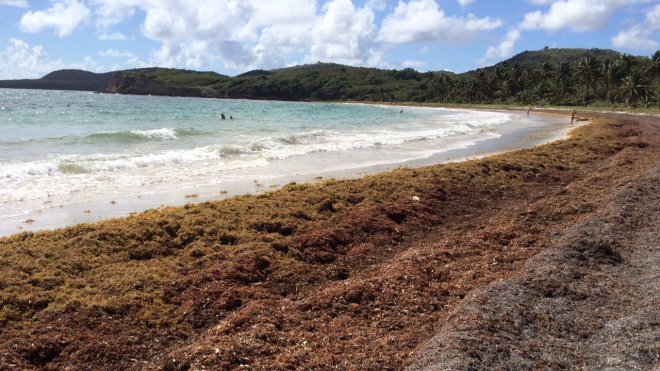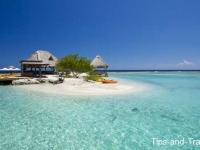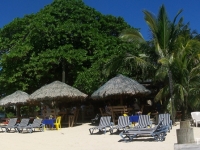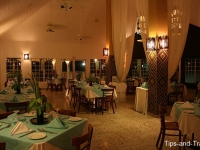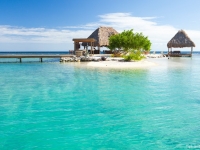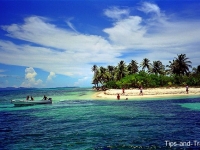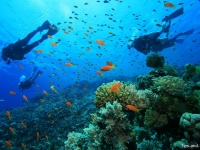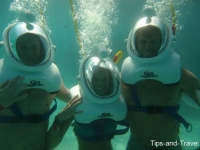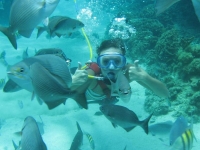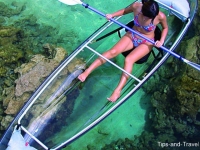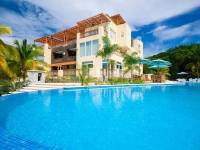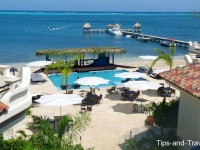Since 2011 these two varieties of seaweed called Sargassum – Sargassum fluitans and Sargassum natans- gradually take possession of the arc Caribbean, from the Dominican Republic to Barbados through the Mexican coast. This year, the number of the banks affected by the invasion of algae is so high that more and more tourists have decided to cancel their summer vacations.
Many countries affected by the phenomenon were forced to release emergency funds for cleaning and removing these huge piles of stinky seaweed, which can reach up to three meters high on some beaches. On the island of Tobago, the authorities have even declared a state of “natural disaster”.
A few months before the peak tourist season, some leaders in the region called for an emergency meeting of the Caribbean Community, group of 15 countries. They fear that the worsening of this phenomenon strongly hits the economy of the region, the most tourism-dependent in the world.
“Sargassum seaweed rotting and strong odors”
Where do these algae come from?
According to a note prepared for the leadership of the Environment, Planning and Housing (DEAL) of Guadeloupe, the Sargassum are unsavory fruit of the land-based pollution that contaminates the oceans combined with climate change that could influence some marine currents.
For marine biologist, these large “rafts” of several centimeters thick does not come directly from the Sargasso Sea, contrary to what the name indicates. They circulate in the Atlantic before coming to feed in northern Brazil nitrates and phosphates carried down by the rivers of the Amazon.
Tips
Take your holidays on the Pacific side to be a little bit sure.
Affected area
Valorisation
This French company is the first in the world to completely replace plastic by algae. This is the solution without plastic, 100% algae-based oil excluding any derivative use in its composition. An alternative to reduce pollution from plastics at sea and on land.
“All projects are designed to remove algae from our shores”
For s Expédition 7ème Continent the issue of alternatives to plastic is fundamental. Moreover, CNRS scientists have wondered whether Sargassum use plastic waste to proliferate. This issue will be considered at the next expedition that will start on May, 15th from the Port of Marin in Martinique.
Deixonne Patrick (Head of Expédition 7ème Continent) and Remy Lucas (Founder of Algopack) announced: “We are pleased to have found a solution that can replace plastic as much as possible and limit its spread in nature we can encourage economic pickup of this invasive alga and create jobs locally. The application areas are numerous: telephony, packaging materials for the food supply, garden items, stationery: like USB, decorative items, lamps, panel signs. “
